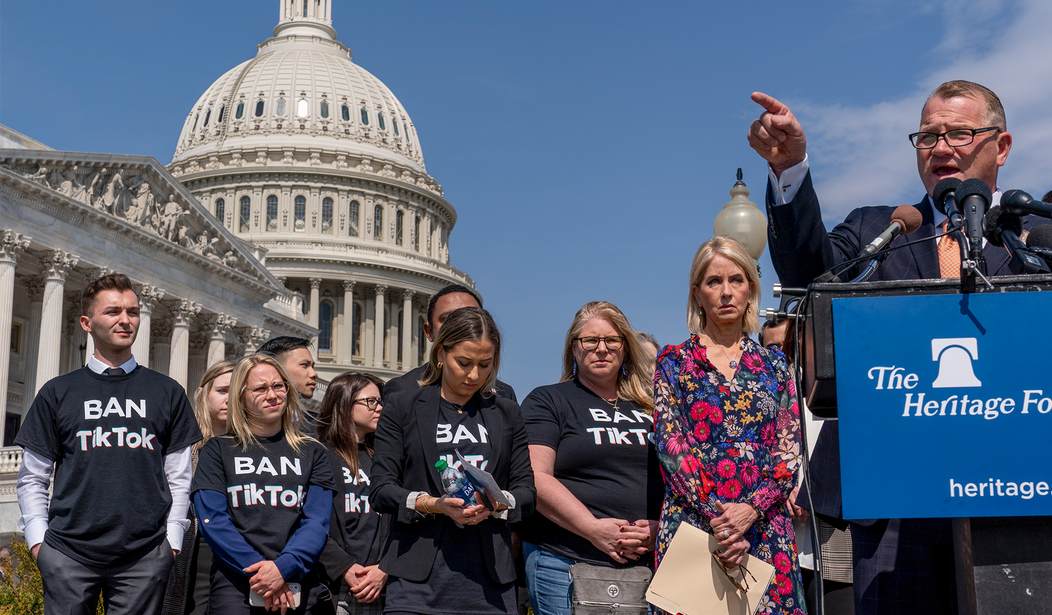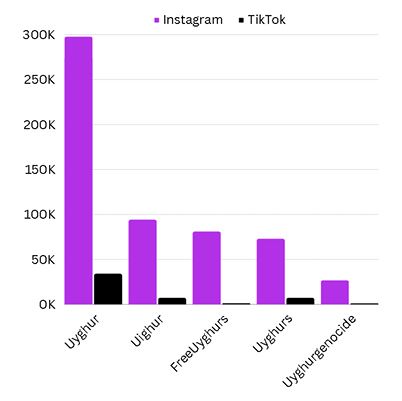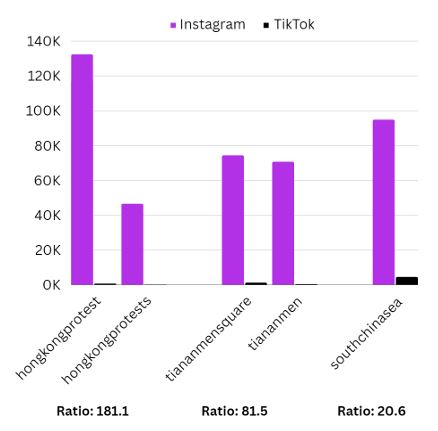Top News
Researchers Present Evidence that TikTok Suppresses Topics Critical of China

TikTok has really been on the bubble for a while with US lawmakers. Back in 2020, President Trump suggested he was considering a ban of the app which would force the Chinese owner, ByteDance, to either sell to an American owner or lose all of its American customers.
Since then there have been repeated reports that Chinese engineers have full access to information on American customers. On top of that we’ve also had recent incidents such as the wave of TikTok videos praising the wisdom of Osama bin Laden. And there’s the evidence that social media is bad for teenager’s mental health and potentially for their performance in school as well.
But the greater concern, and the one that has led to all the talk about banning the app, is that China could potentially use it’s control of TikTok to influence public opinion. TikTok has repeated denied this of course, but is it really so hard to believe? China has complete government control of television and the internet within its own borders. It routinely tells people what the can and cannot say, censoring any criticism of the government. So it’s not really a stretch to imagine they’d want similar control of the media in other countries if they could get it.
A report from the Network Contagion Research Institute (NCRI) suggests China may already be putting its fat communist fingers on the scales to influence what gets discussed on TikTok.
The group, an independent research organization composed of psychologists, engineers and analysts at Rutgers University, analyzed the volume of posts with politically sensitive hashtags on TikTok versus on its rival Instagram.
The institute’s researchers, who are known for previously publishing an analysis showing a rise in insurrectionist hashtags leading up to the Jan. 6 attack on the U.S. Capitol, said that they believe TikTok is likely manipulating public debate not only on China-specific topics, such as the 1989 Tiananmen Square protests and massacre, but also on strategically important topics with less direct ties to China, such as the wars in Ukraine and the Gaza Strip.
The full report is here and the methodology this group chose is one that TikTok itself recently used when defending itself from allegations of bias.
On November 13, 2023, TikTok issued a letter23 defending itself against accusations of anti-Israel and anti-Jewish bias. In that letter, TikTok prolifically compares relative hashtags between its platform and Instagram to buttress its argument. We have replicated TikTok’s methodology to assess whether anomalies exist regarding the relative representation of issues on TikTok. Instagram.
Simply put, this is TikTok’s chosen metric for proving or disproving bias. What the NCRI did is just apply that metric to other topics. [emphasis added]
NCRI analyzed hashtag data related to six topics directly sensitive to the ChineseGovernment:1)Uyghurs; 2)Tiananmen Square; 3)Tibet; 4)Hong Kong; 5)Taiwan; 6)South China Sea. Our presentation of data starts with Uyghurs and Tiananmen Square because those were two topics specifically called out at theMarch2023Congressional hearings, and TikTok’s CEO explicitly denied that in either case were posts on those topics suppressed or in anyway demoted on the platform…
The conclusions of our research are clear: Whether content is promoted or muted on TikTok appears to depend on whether it is aligned or opposed to the interests of the Chinese Government. As the summary data graph below illustrates, the percentages of TikTok posts out of Instagrampostsareconsistentlyrange-boundforgeneralpoliticalandpop-culturetopics,but completely out-of-bounds for topics sensitive to the Chinese Government.
The report explains that based solely on the size of the user base they expected there to be 1.5 to 2x as many posts on a given topic on Instagram as compared to TikTok. Put another way, TikTok should have about 38-50% of the number of posts Instagram has on a topic.
Now look at the chart below. The bars represent percentages of TikTok posts on a given topic relative the the number of posts on Instagram. As you can see, when it comes to pop culture topics TikTok runs about 45% as many posts as Instagram, which is right in the predicted range. But if the topic is Tiananmen Square or Hong Kong, suddenly we’re down to about 2 percent.
Here’s another chart showing the raw number of posts with certain sensitive hashtags related to the Uyghur people in Xinjiang. As you can see, it doesn’t matter which hashtag you choose, Instagram is going to have about 11 times as many posts as TikTok.

But some topics have an even worse ratio: Hong Kong protests, Tiananmen and South China Sea.

In case you’re wondering the real numbers show there were 70,727 Instagram posts with the hashtage #Tiananmen but only 466 such posts on TikTok.
The report ends with a conclusion that repeats the statement above. “we assess a strong possibility that content on TikTok is either amplified or suppressed based on its alignment with the interests of the Chinese Government.”
It’ll be interesting to see how TikTok responds to this but if it’s accurate then I don’t see how they can continue to deny they are suppressing certain topics on TikTok, just as they do on Chinese social media back home. Hopefully members of Congress will take a look at this report and maybe bring the authors to Washington to give testimony about their findings.
Read the full article here


















